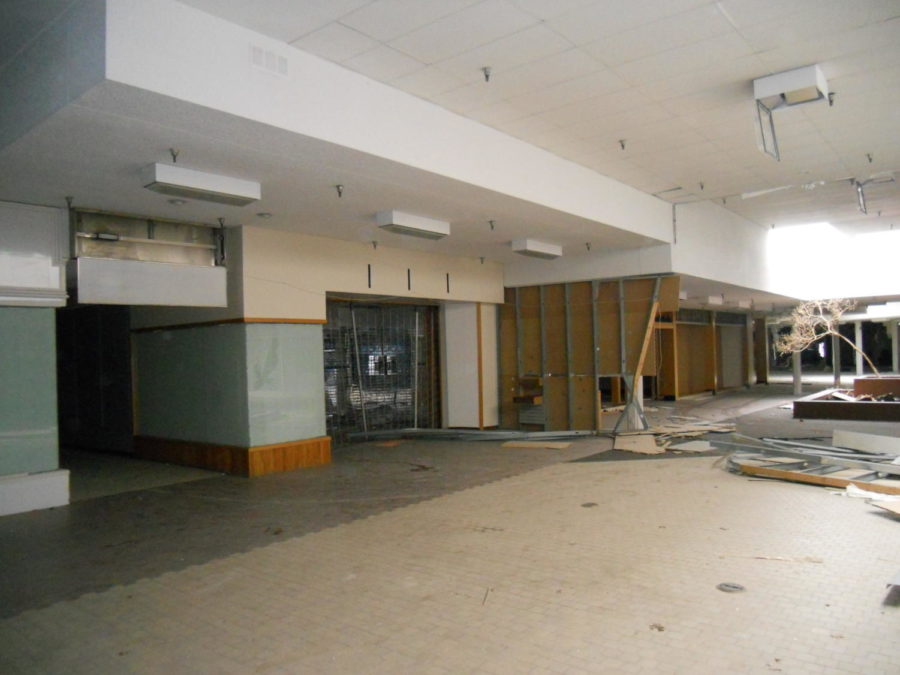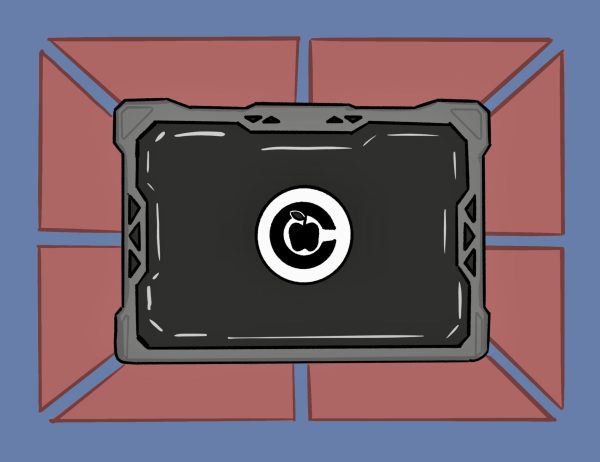Decline of malls creates room for small businesses
Resulting from the growth of consumerism and the influx of baby boomer youth, shopping malls sprouted from American soil and flourished across the country during the 1950s and ‘60s.
While their main purpose was to make goods more readily available to suburban shoppers, these malls were soon overcome by an energetic and vibrant culture, unbeknownst to prior generations. The shopping mall quickly became a social hub for the era’s youth, flocking to the arenas complete with coquettish vibes, rebellious red tints, and bubbling Coca-Cola. Shopping centers became a symbol of communication and consumption.
However, as all tangible memorials and gravestones do, mall culture is eroding.
The degradation is in its early stages, but figures show that malls are clearing out quickly: nearly 15 percent are 10-40 percent vacant, up from 5 percent in 2006, according to The New York Times. A visit to Arizona Mills Mall will prove my point to all the visual learners.
The slow demise of the shopping center is in large part due to the rising popularity of Amazon, an online retail superpower that boasts its convenience and speedy delivery. Selling virtually every corporate good imaginable, Amazon has altered the system of consumption that malls established in the mid-20th century. Users can even add groceries to their virtual shopping carts, receiving fresh produce and pastries at their doorstep within hours.
The cinematic entertainment that malls once offered youth is now accessible in houses and on portable electronic devices through streaming services like Netflix and Hulu. With these sites, there is no need to even step outside a front door. Agoraphobic in design, Orwellian in motion.
Numb to these gnarly, confining, shepherd-like maneuvers, I pay no mind to the come-ons of online shopping. Meanwhile, I refuse to mourn the death of mall culture. I am caught in a generational Suez Canal, battling weird nostalgia for Hot Dog on a Stick and dreaming of a bright future for these vacant retail spaces.
My vision for these abandoned superstores is one of conversion; the transfer of corporate sales to the online market frees up malls for local businesses and niche services. Instead of a Hollister and Fuzziwig’s, malls can be houses for lowkey artisans and pastry chefs to sell their craft and develop a relationship with the community. The stale food court flavors of the old would be replaced by fresh vegetables and dishes, reminiscent of a farmer’s market.
By dividing local business and large corporations, we will diminish the blurred lines that often forbid the flourishing of small business. Freeing up mall space as corporations ditch that scene and move to online consumerism will save us from the eyesore of fluorescent signs and drab storefronts that plague the mall landscape. All of this generates a local identity, a culture, that makes suburbia far more interesting and much easier to swallow.

I am a Staff Reporter emphasizing school bands and Student Government. In my free time I play several instruments and various styles of music. I also enjoy...









